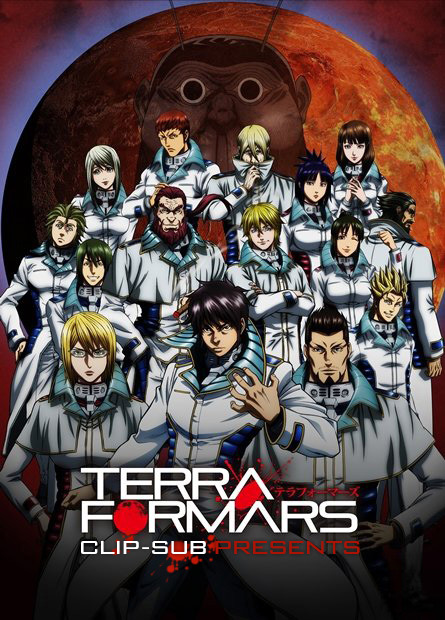
Quite a few have adjacency bonuses, making efficient cities an interesting puzzle. This is the city interface screen, where you can place buildings. I'm still learning how the system works, but it's nice to watch the surface of Mars slowly turn green as oceans spread across the dry and dusty plains. These have different requirements (penguins can obviously handle colder temperatures than elephants!), and provide different bonuses: Methanogenium bacteria increase temperature, for instance, Tundra Forests provide oxygen and atmosphere, and animals can keep your people happy and supportive. Eventually, you'll be able to start introducing life Mars's surface is broken into a number of “climate zones,“ with each zone able to hold one type of bacteria, plant, and animal. You can breach aquifers to provide a one-time boost to ocean progress (instead of using them to supply water over time), and there are space projects that can provide large boosts to various parameters as well. There are four parameters: atmosphere, heat, oxygen, and oceans, and different buildings provide various bonuses. (I’ve never personally lost a game to losing support, but I've heard of it and could see it happening if you don’t prioritize it enough!)Īs you develop your colony, you'll start getting projects to terraform the planet. A typical game for me starts off with support being positive and banking a large store of it, then a long mid-section where it’s negative and I need to keep it up by exploration and having enough stored, then finally an end-game where it becomes positive again as terraforming starts to take hold and conditions outside the cities become more tolerable. Certain buildings provide bonuses to support, and exploring new and exciting places often gives one-time boosts, but over time the population starts to have higher expectations, represented by increasingly larger drops in support happening periodically over time. Here you can see the planet's surface, with three cities and their networks of controlled regions.Īlong the way, you need to keep the “support” of your Martian populace up, or face public sentiment turning against you and losing the game if it reaches zero. (Some leaders you can encounter later in the game are even said to be the descendants of earlier leaders you might have chosen, providing a reminder of the time scale over which the game takes place.) Leaders come from a wide pool of cultures around the globe, which I thought was a nice touch and provides a bit of visual character. Each leader also comes with a “specialization,” a bonus which continues in effect even after that leader has retired (so that you accrue more of them as the game goes on) this might be things like decreasing the cost of building mines, or giving you a bonus production of +1 titanium for every two titanium production you set up.
#Terraformers nhentai free#
Every leader can explore a region on the planet, but they can also do things like clear rocks blocking building sites in cities for free, give you free buildings, provide resources like power or food, and other things which can be quite helpful. View cookie preferences.Įvery ten turns, you get to choose a new leader, which will provide some unique bonus actions you can use.

YouTube videos require cookies, you must accept their cookies to view.

Trade routes can also be used to trade with Earth, allowing you to export some resource you might have too much of at the moment for something you critically need. These projects can be buildings, which can be built either in cities or on the Martian surface depending on the building, or space projects which require trade routes to provide the necessary resources but can provide some powerful rewards in turn. Each turn, you get to pick from a number of projects which you can spend your acquired resources on. This allows you to find resources, either one-time boosts, or sources that can be mined to provide a continuous production. Areas on the planet are represented by a web of connected nodes, which you explore throughout the game. Gameplay takes place over a number of turns (each representing one Martian year), and involves both the surface of Mars and a zoomed-in look at the individual cities you place, which have spots to place up to fifteen buildings. Released into early access on April 21 (on Steam and GOG), Terraformers is a game about growing and developing a network of cities on Mars, with the eventual goal of (what else) terraforming it.


 0 kommentar(er)
0 kommentar(er)
